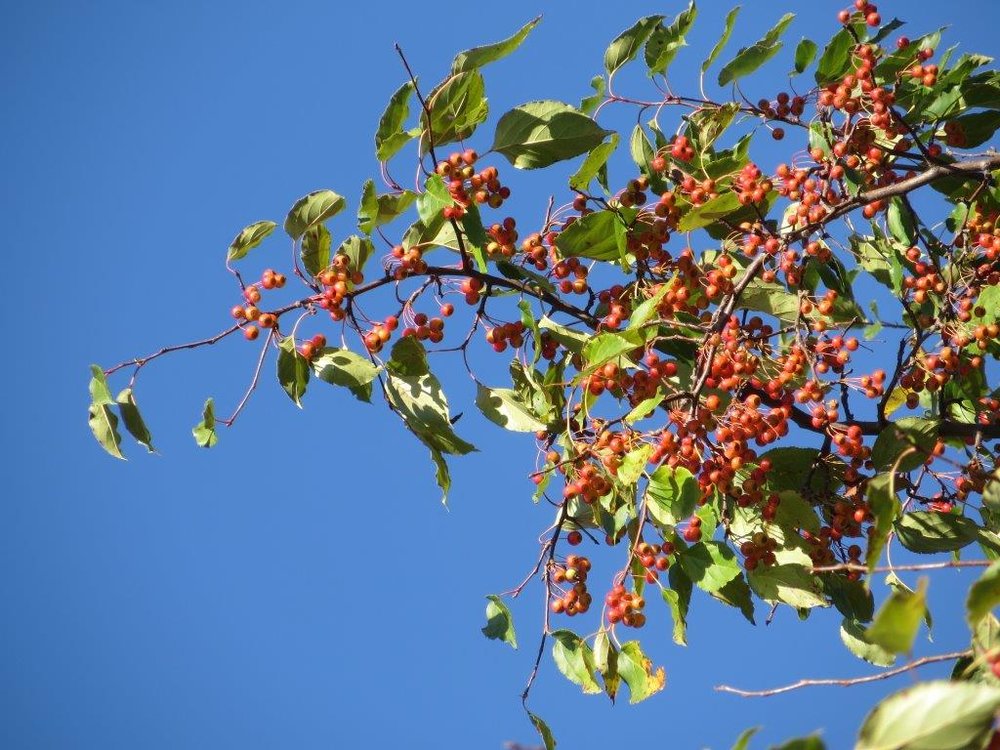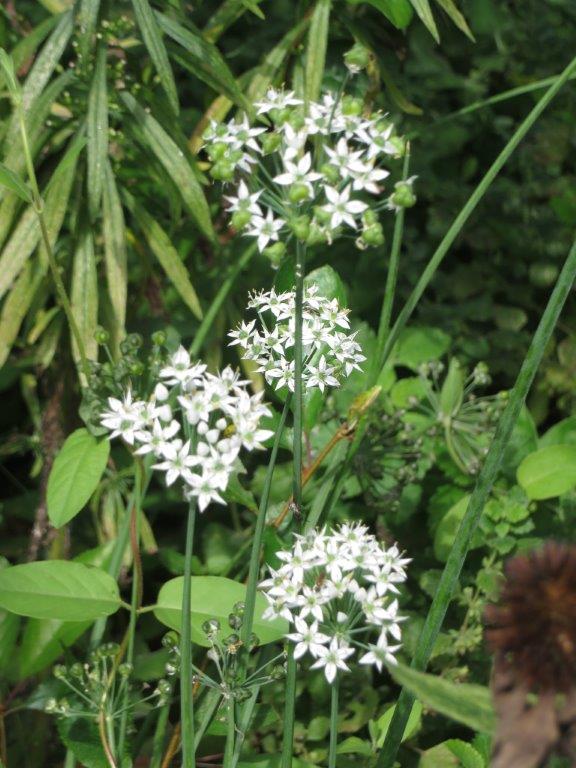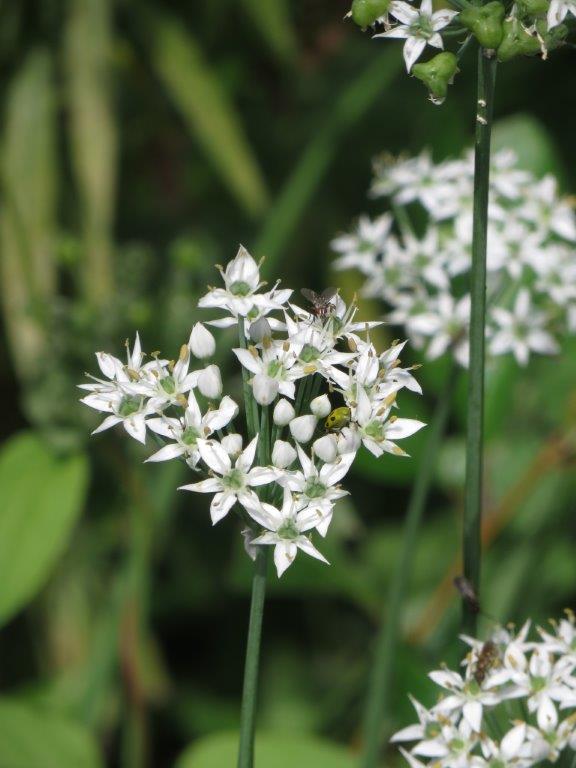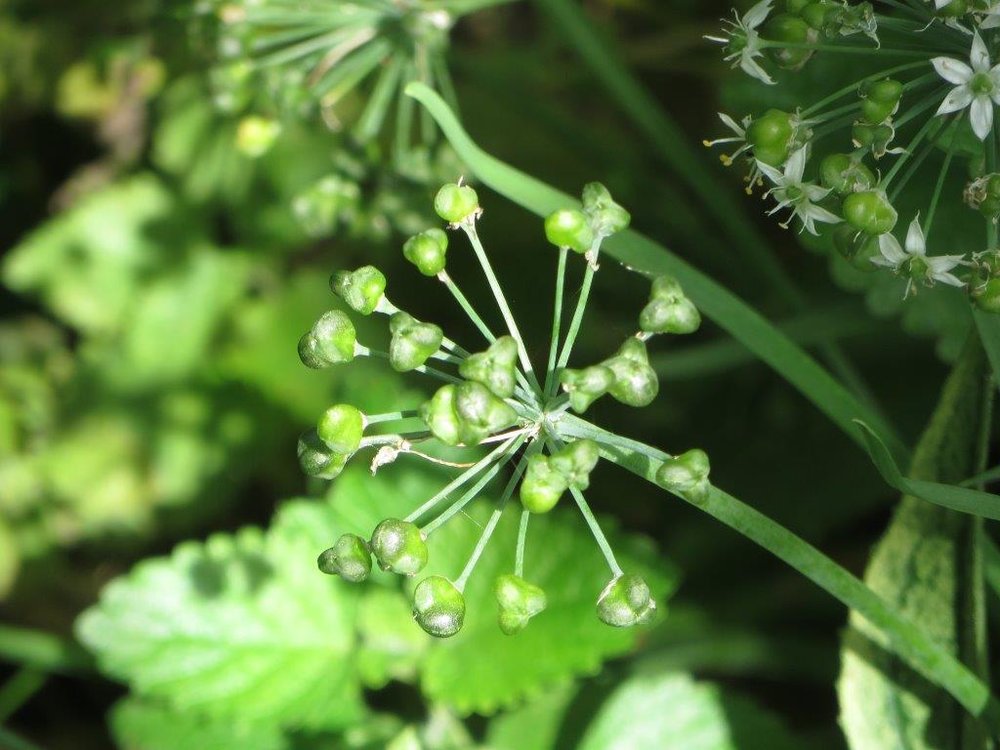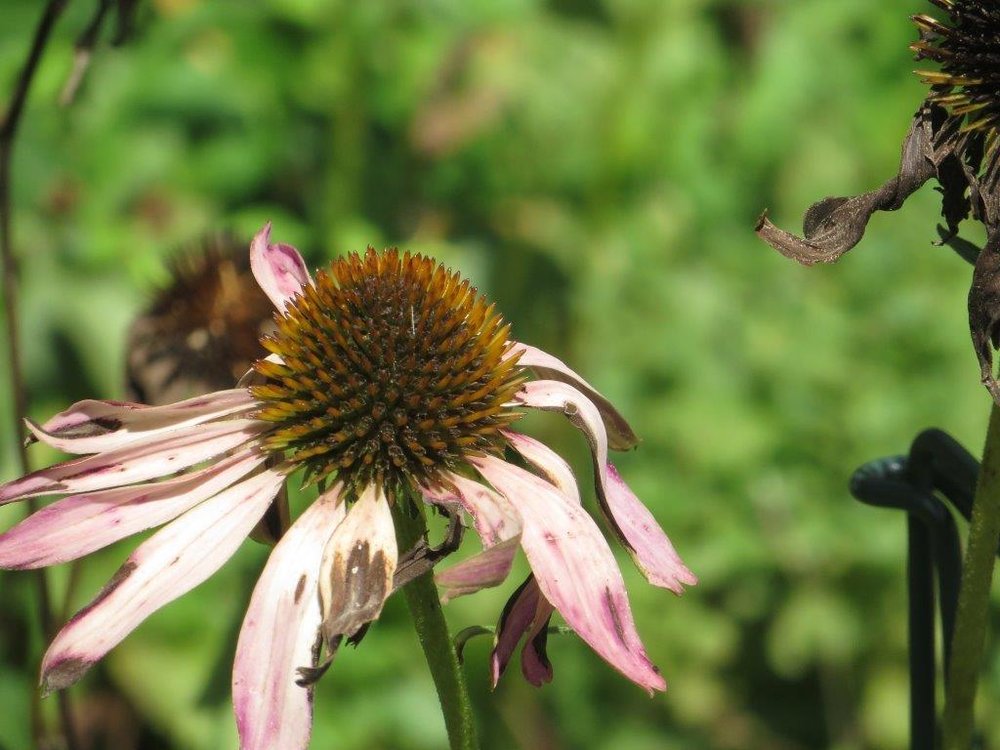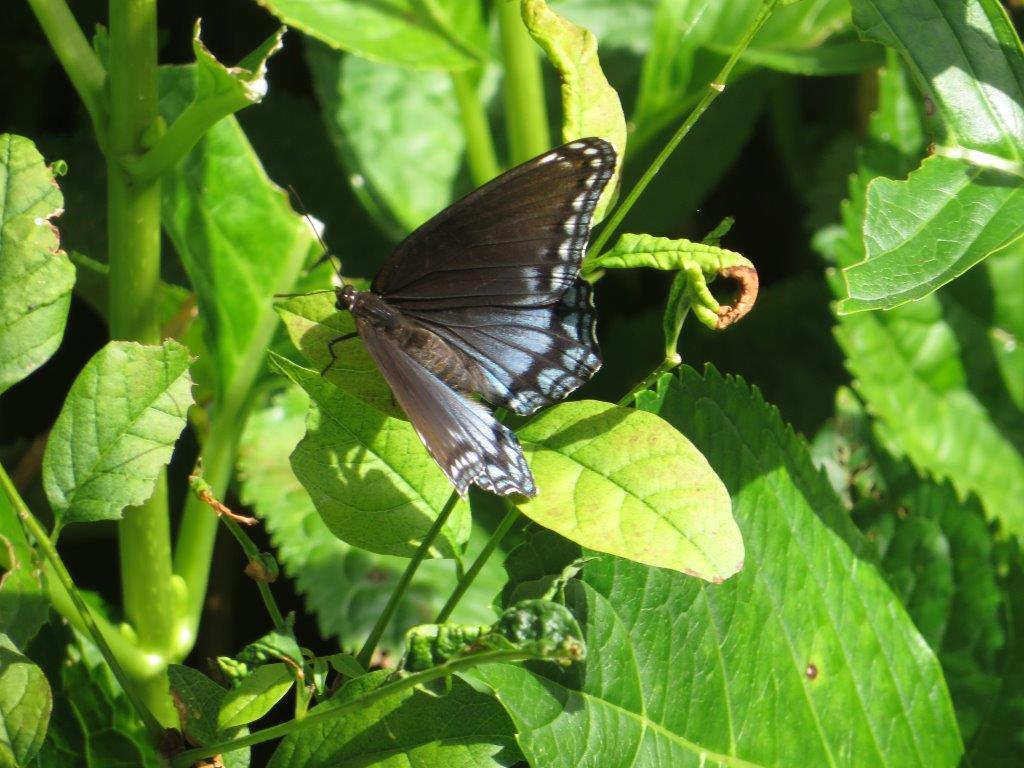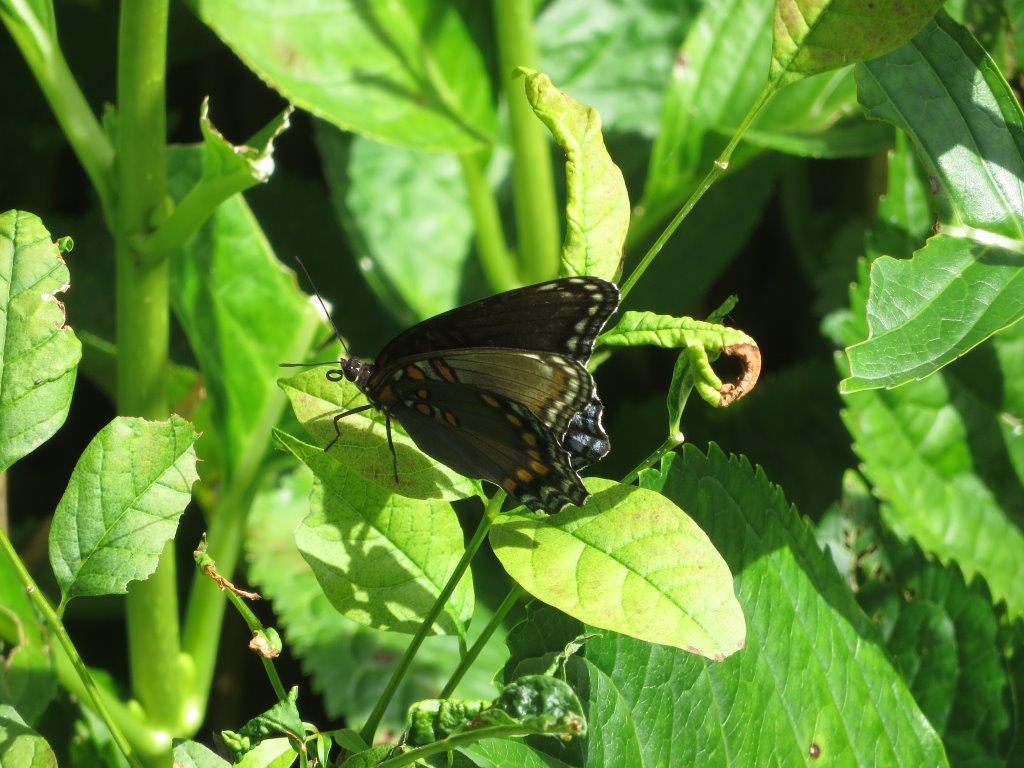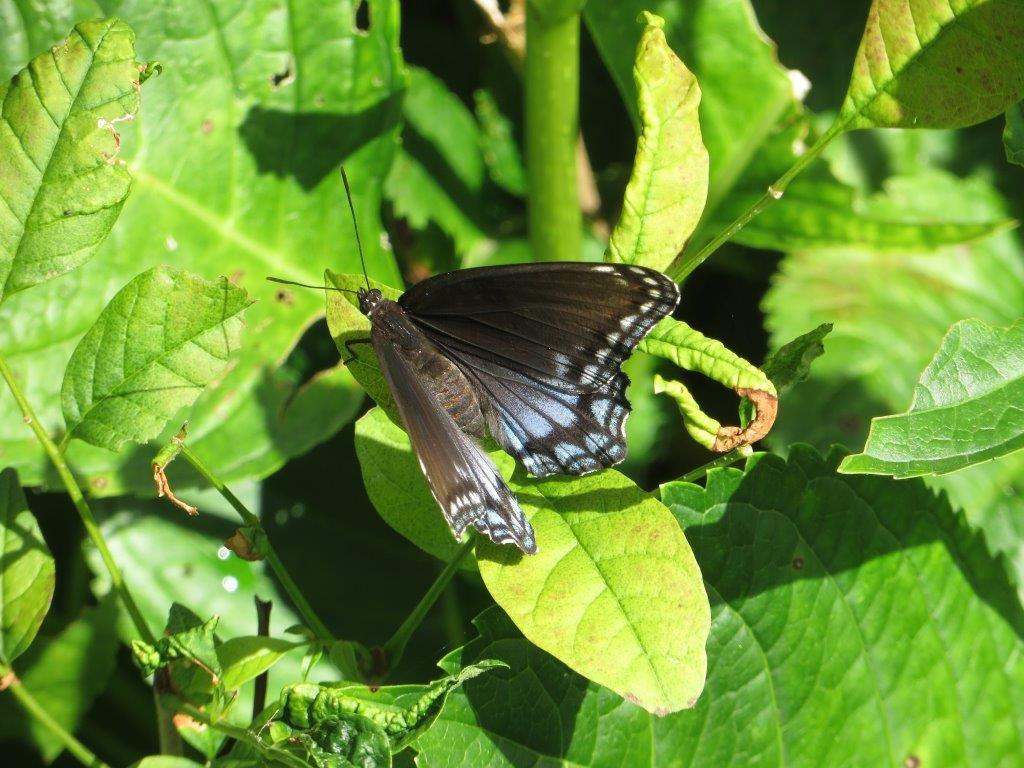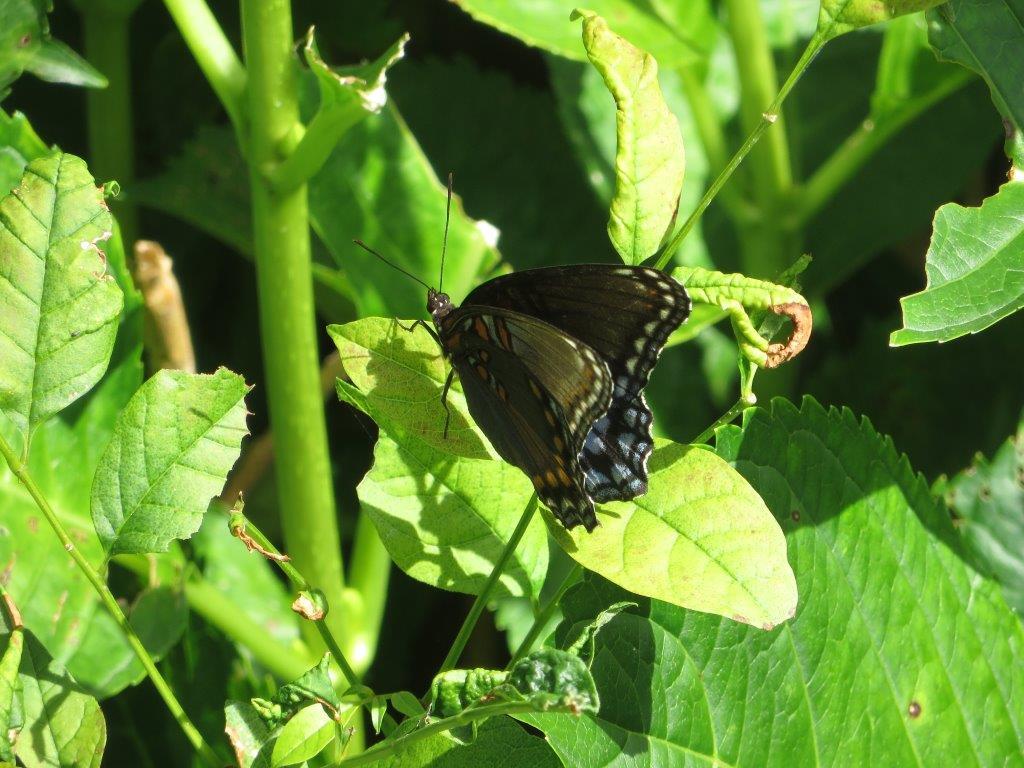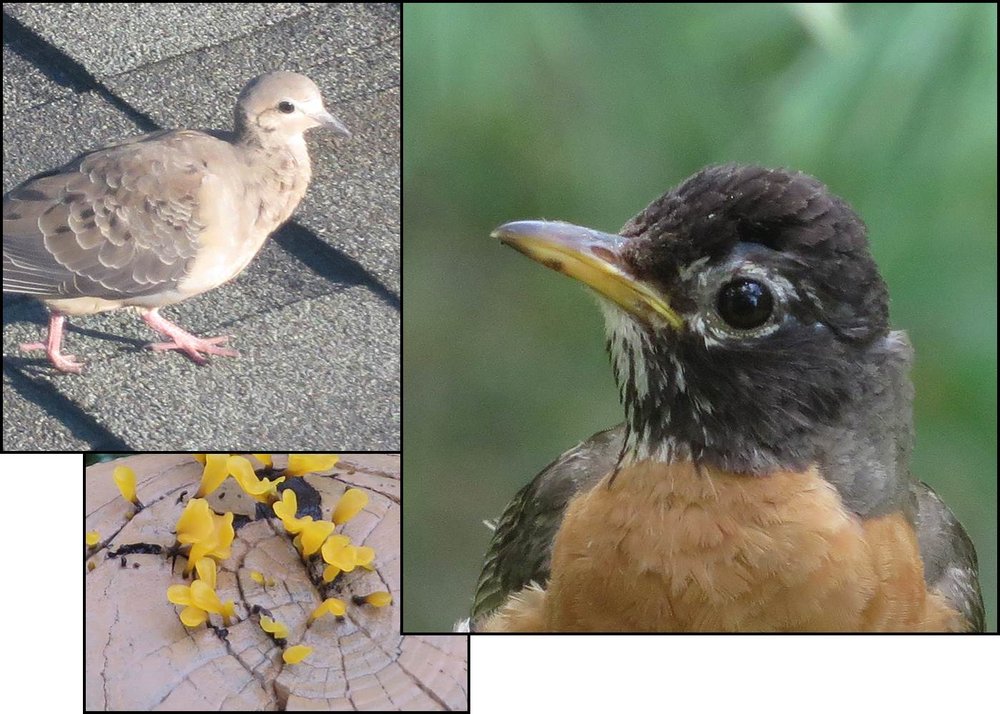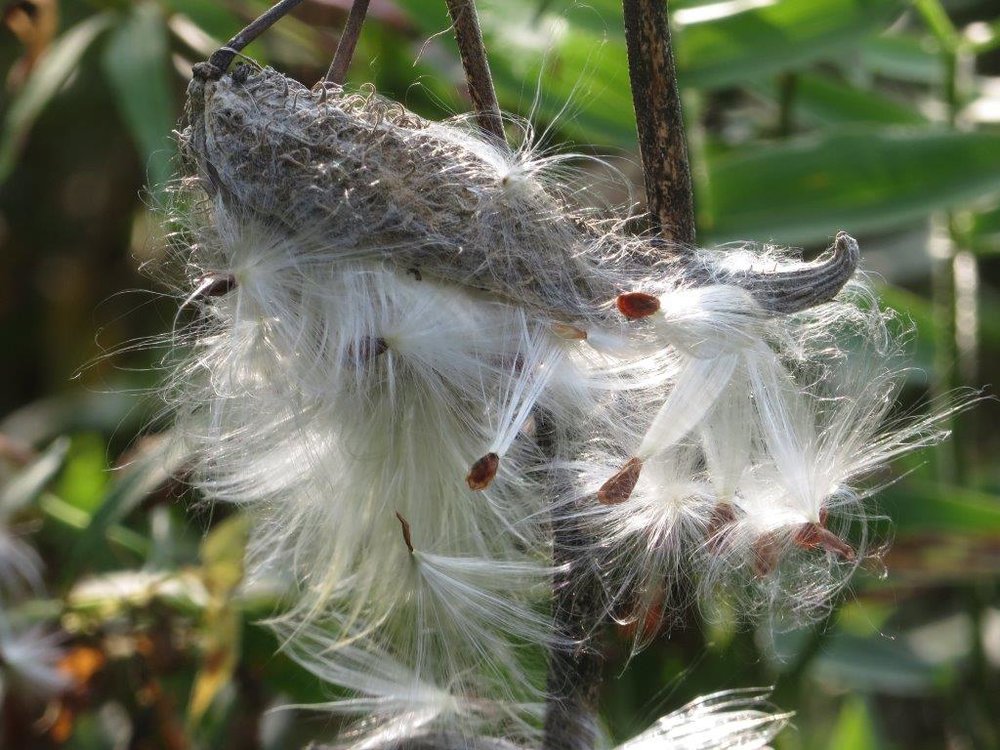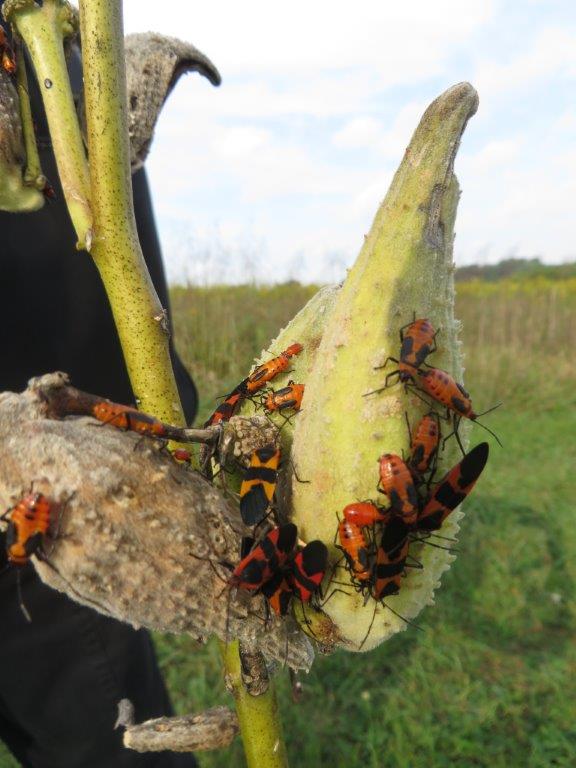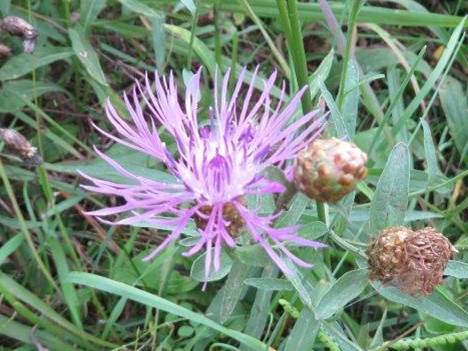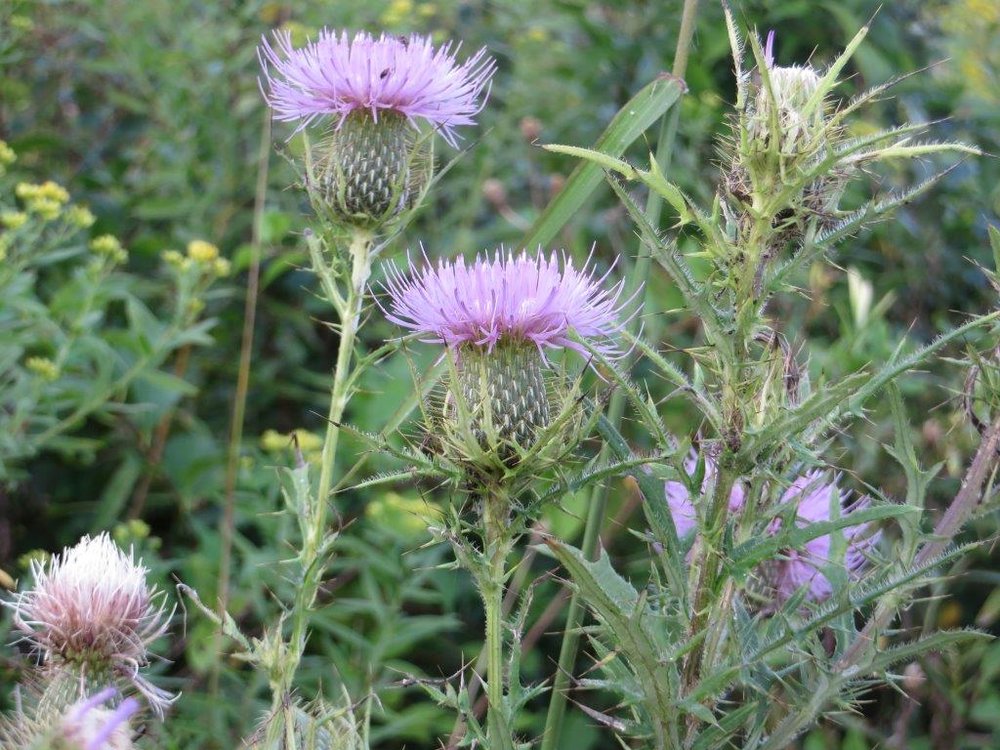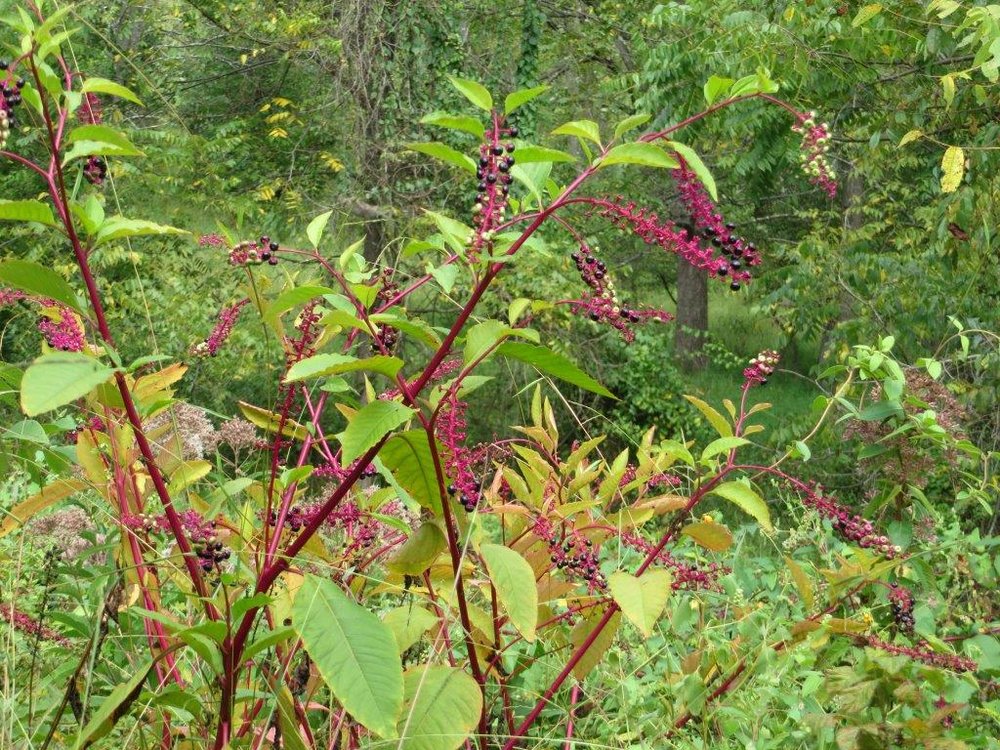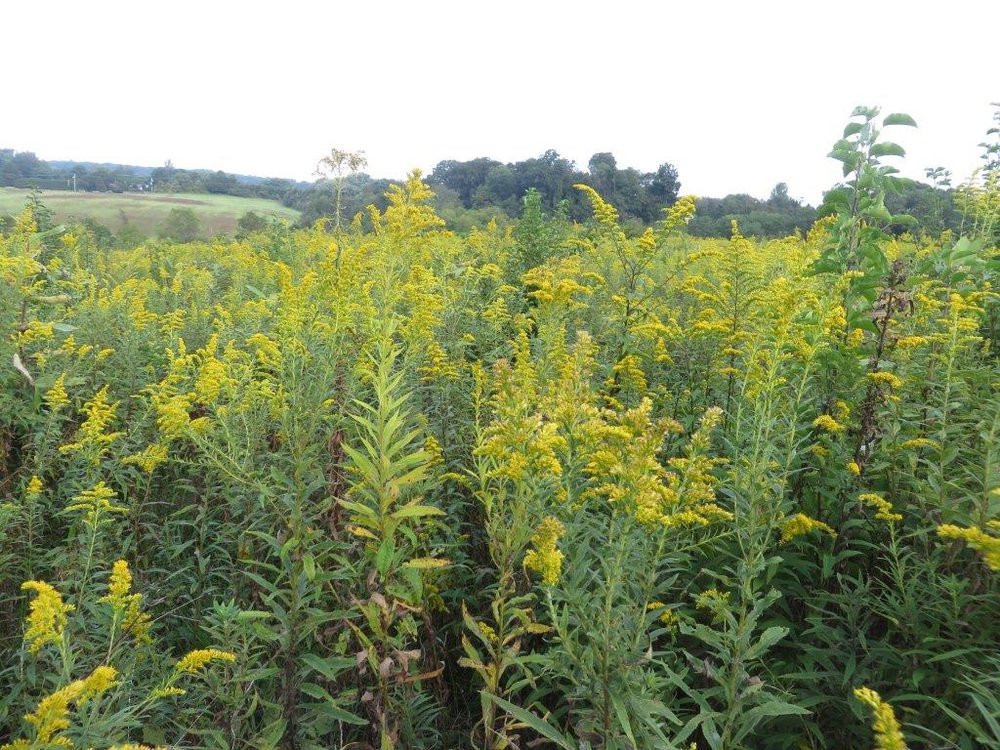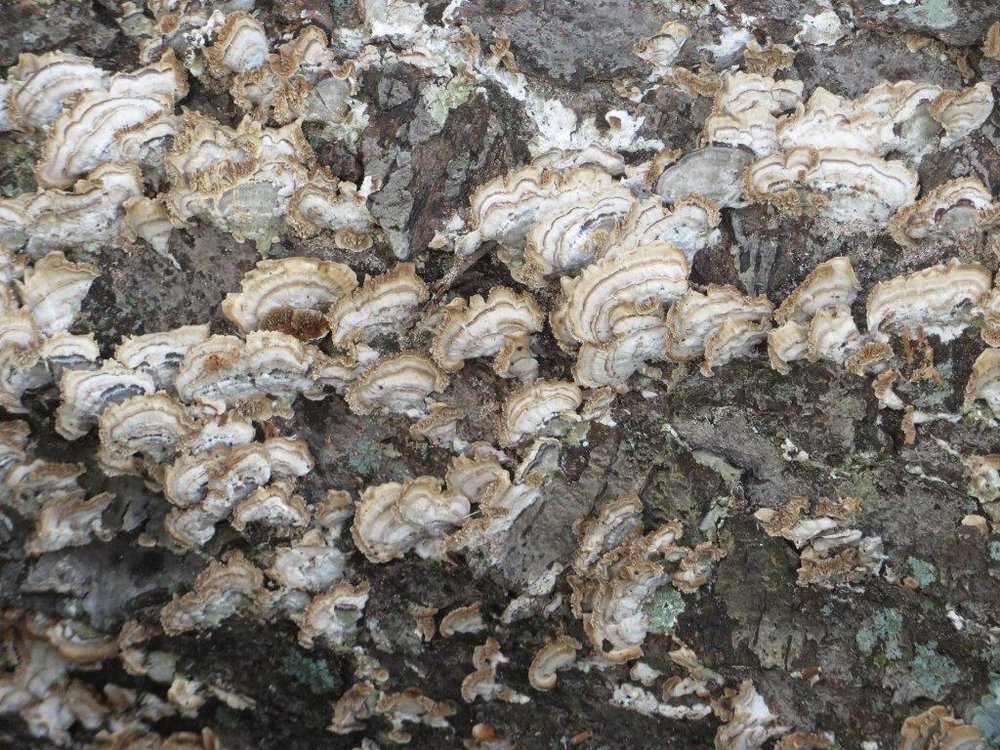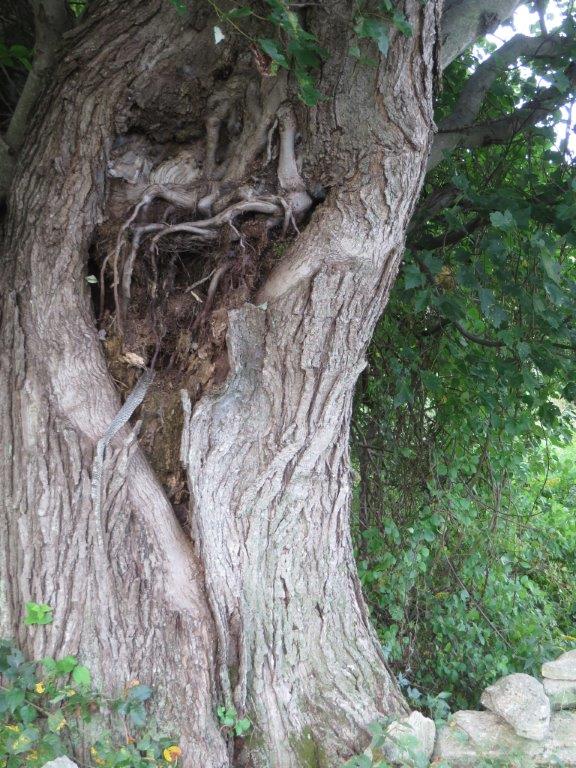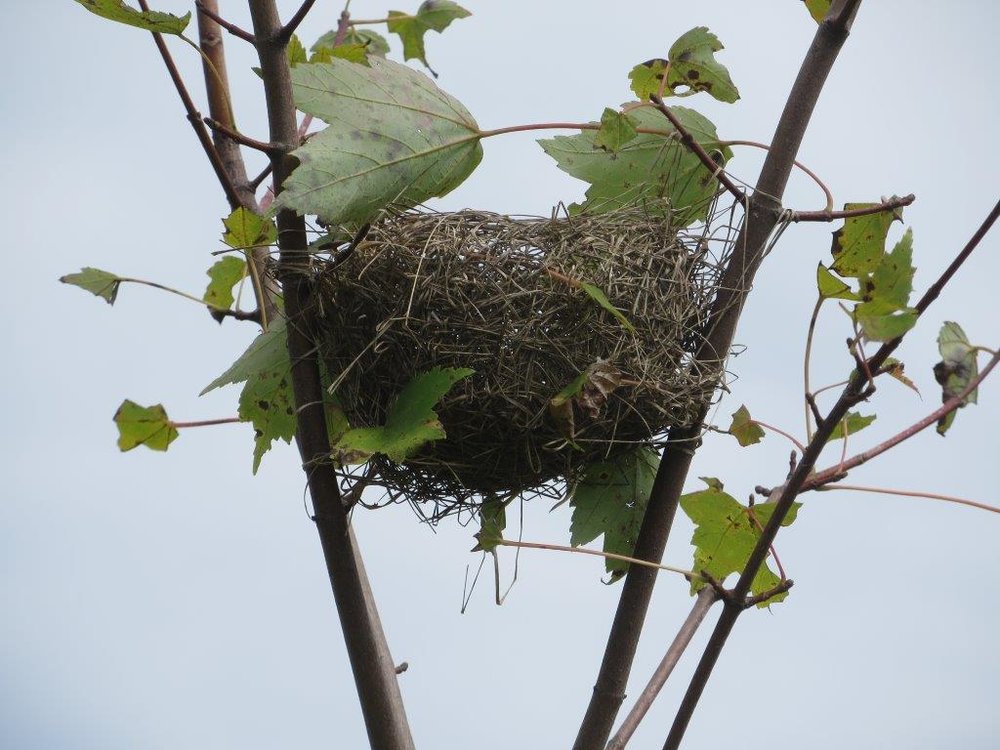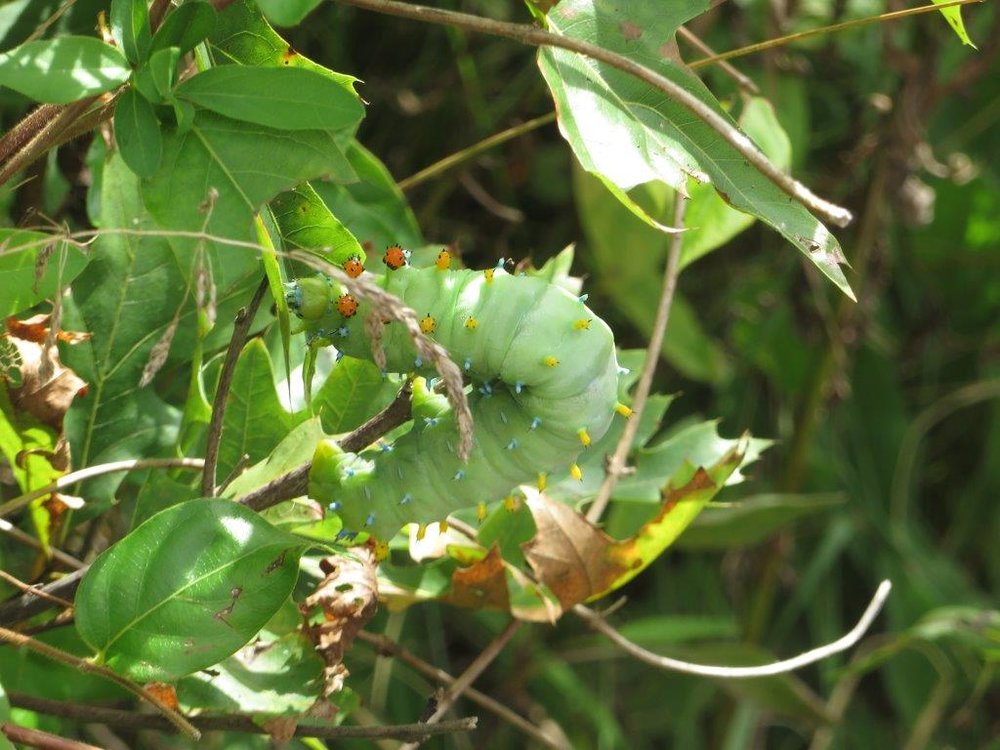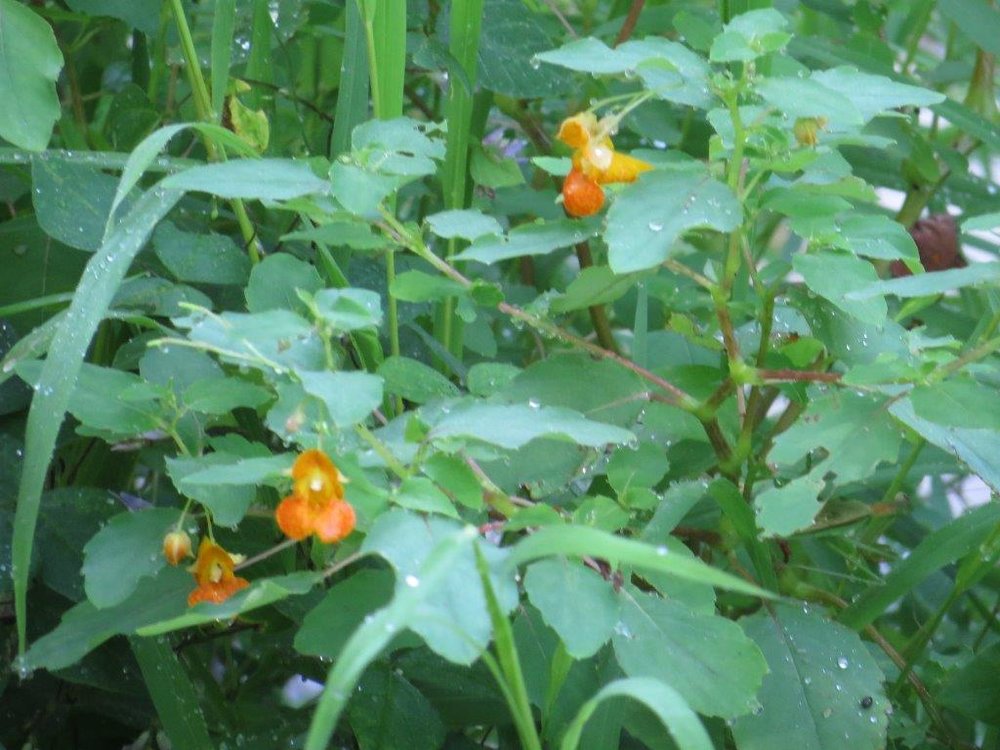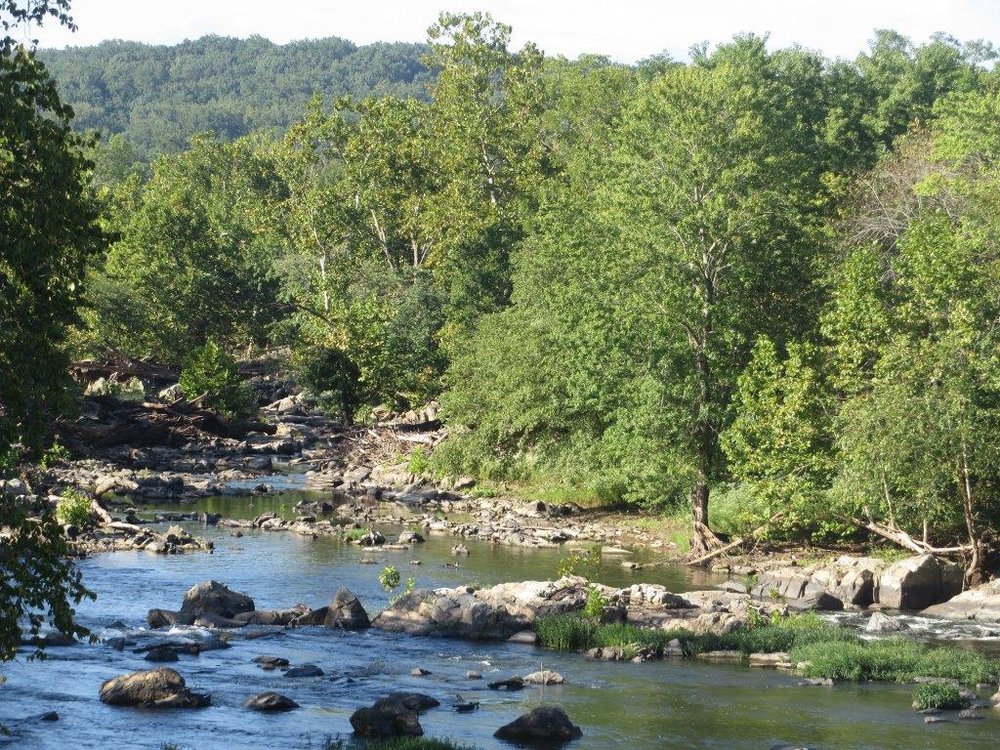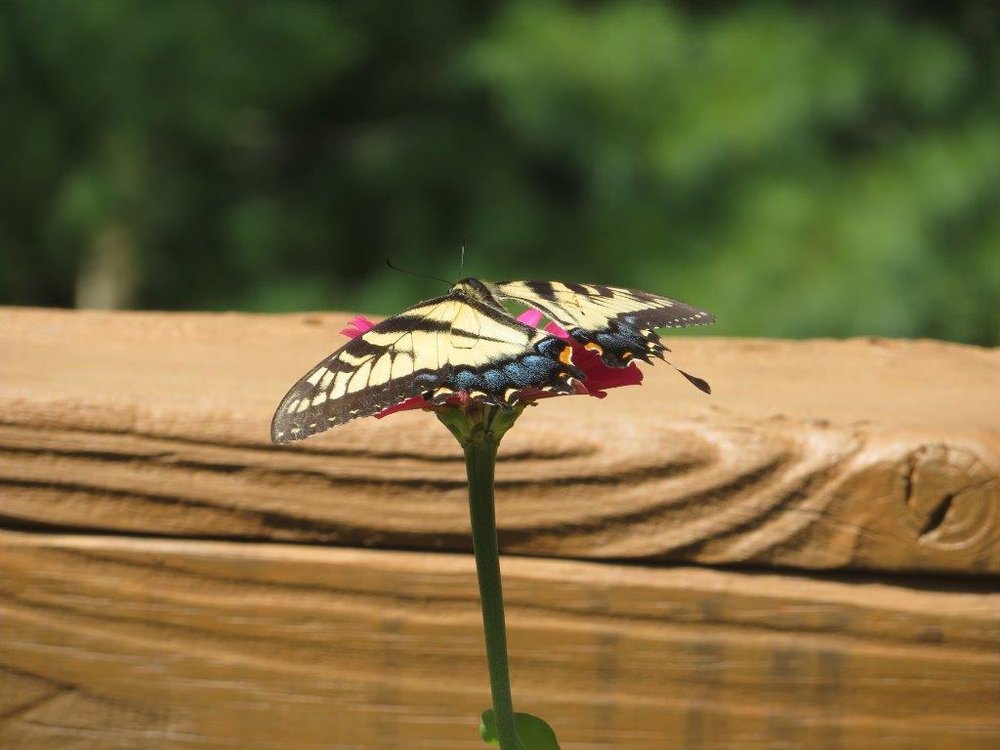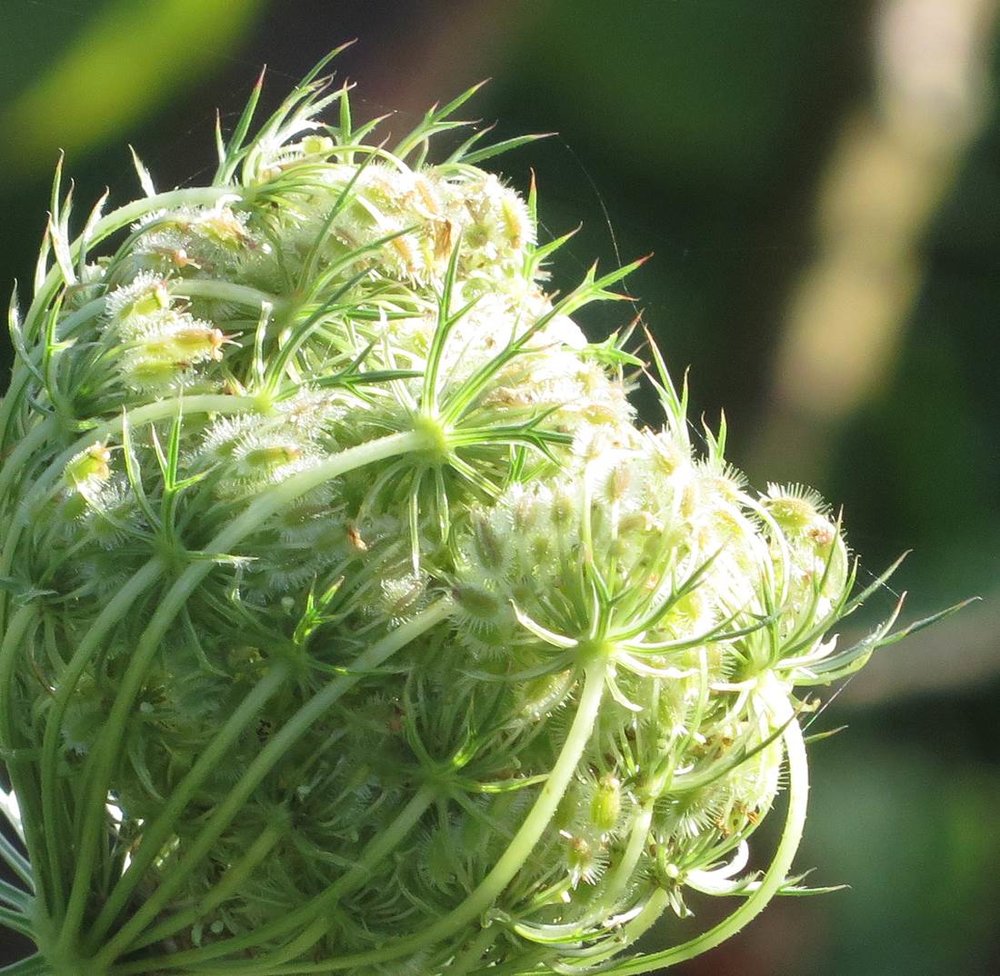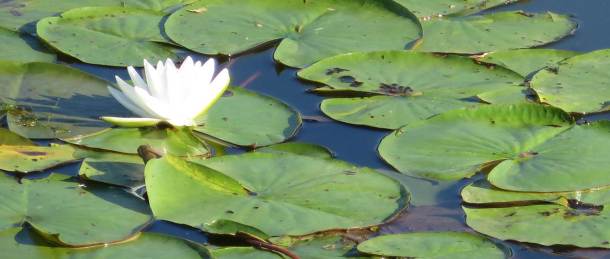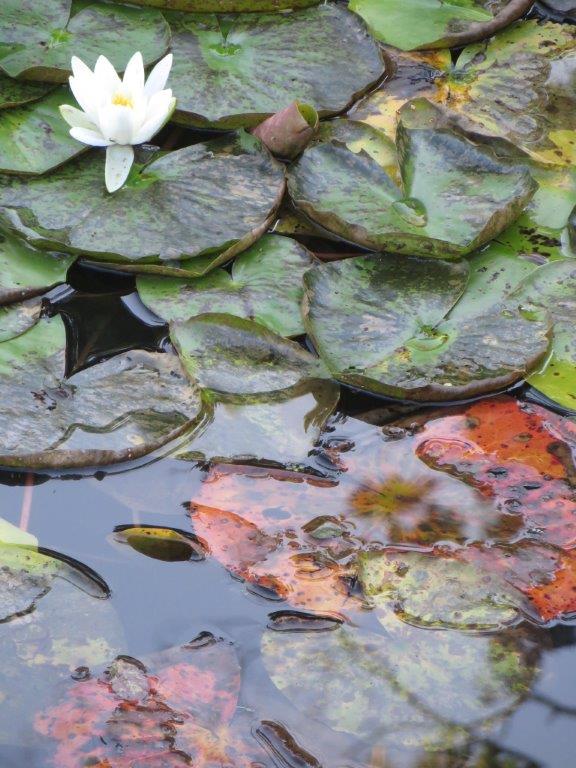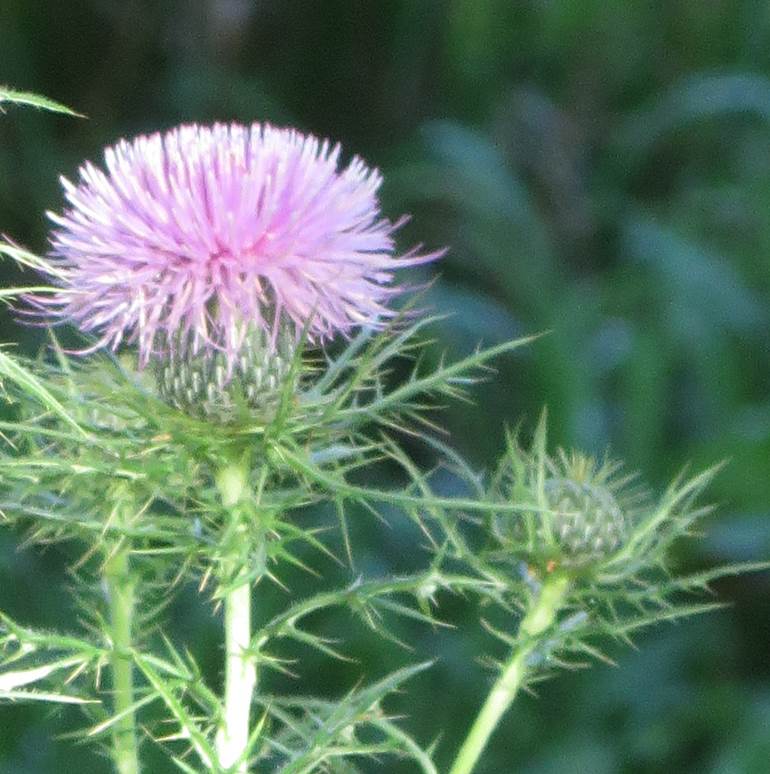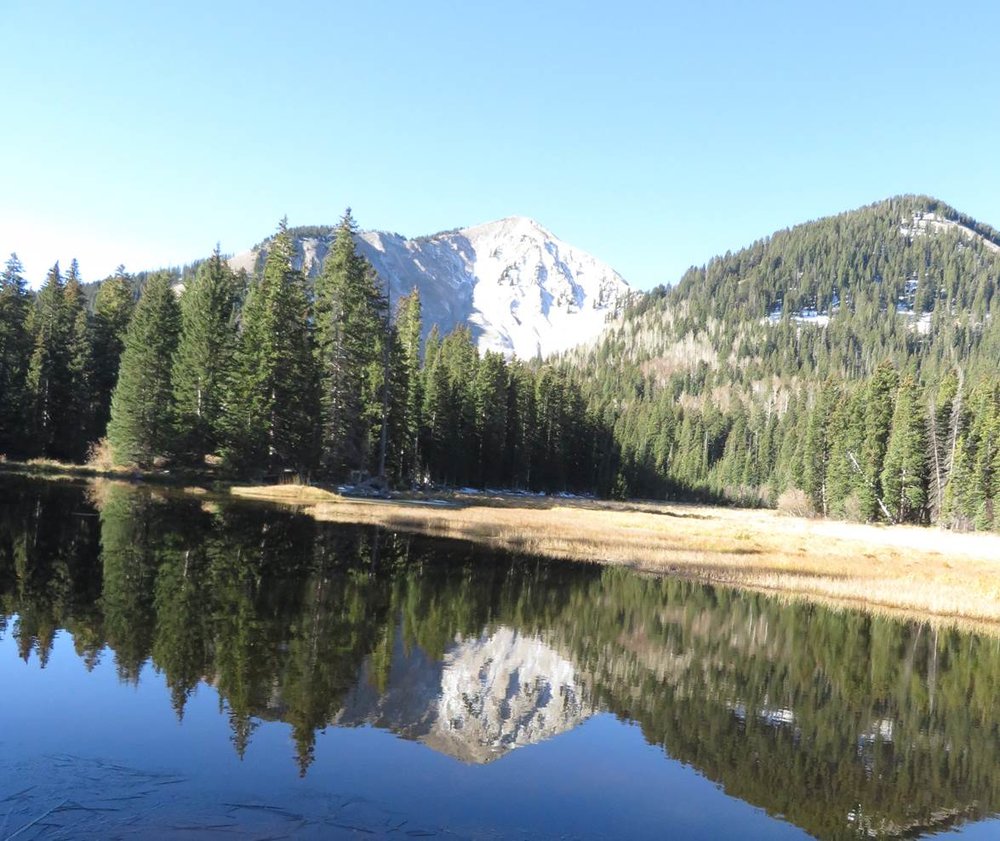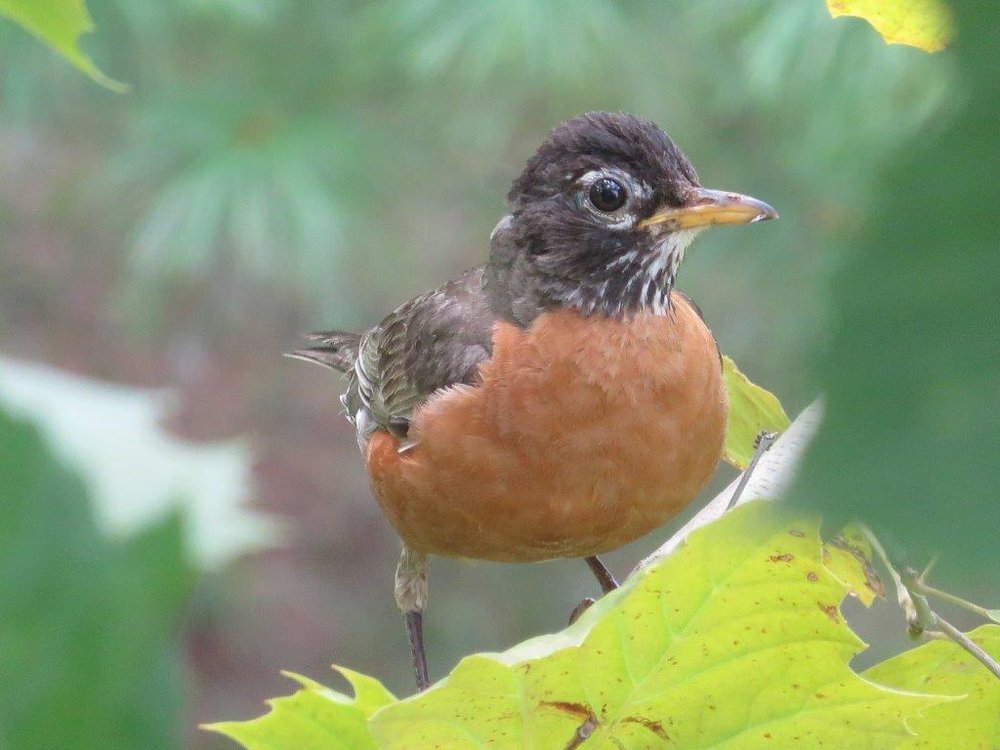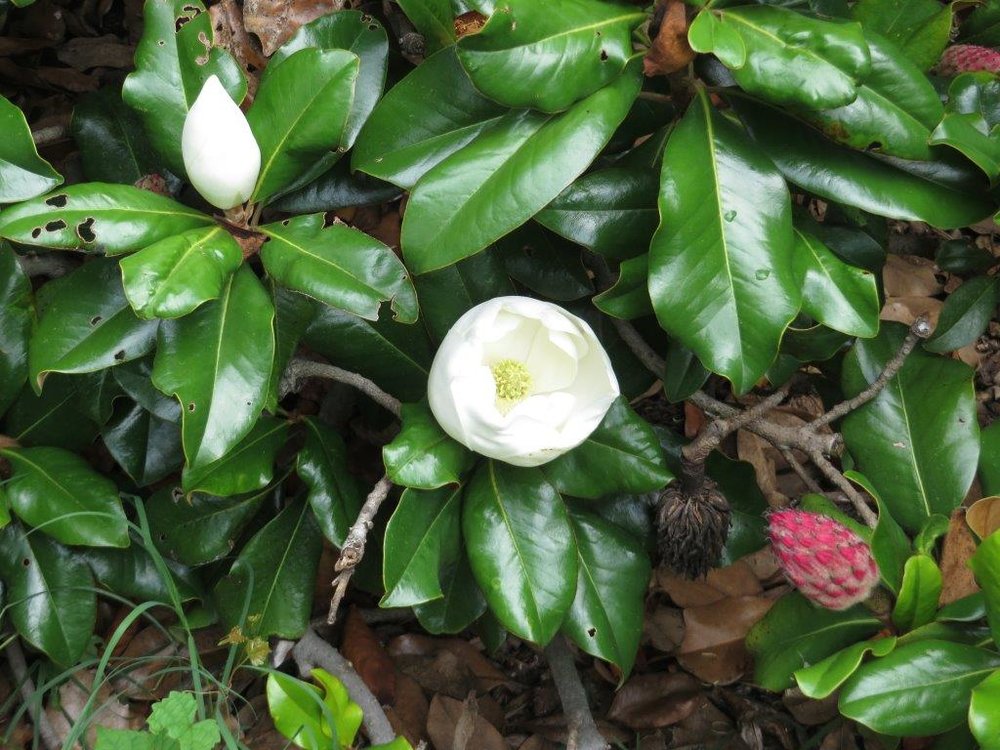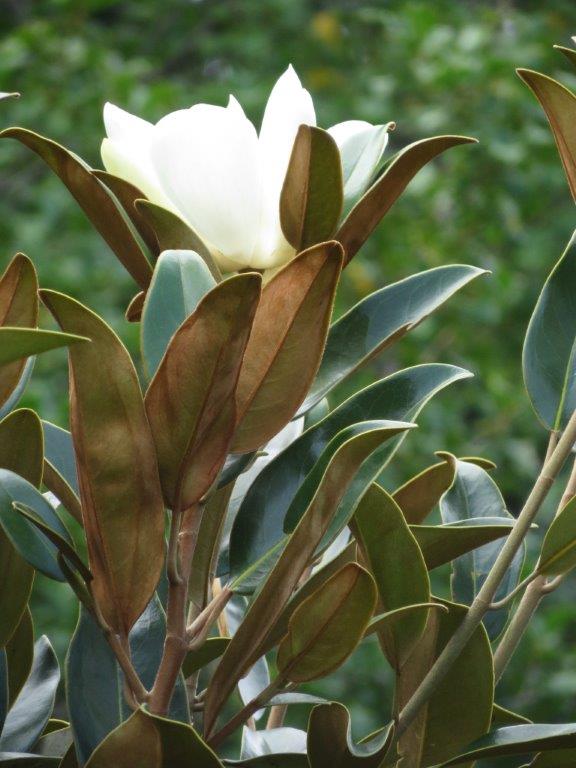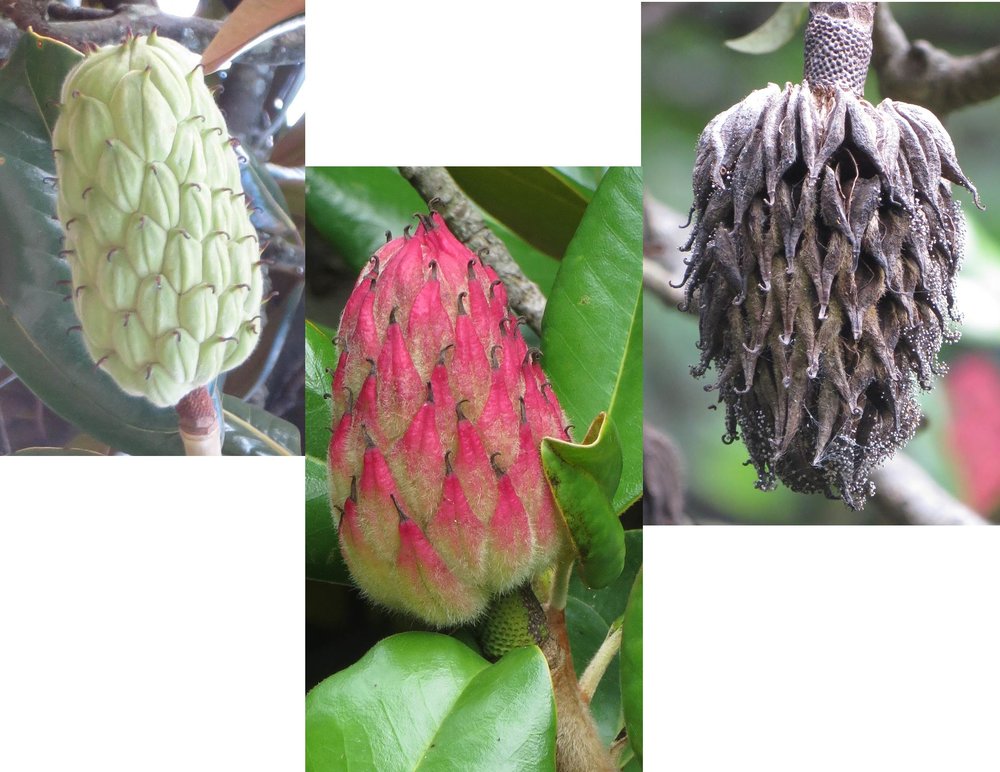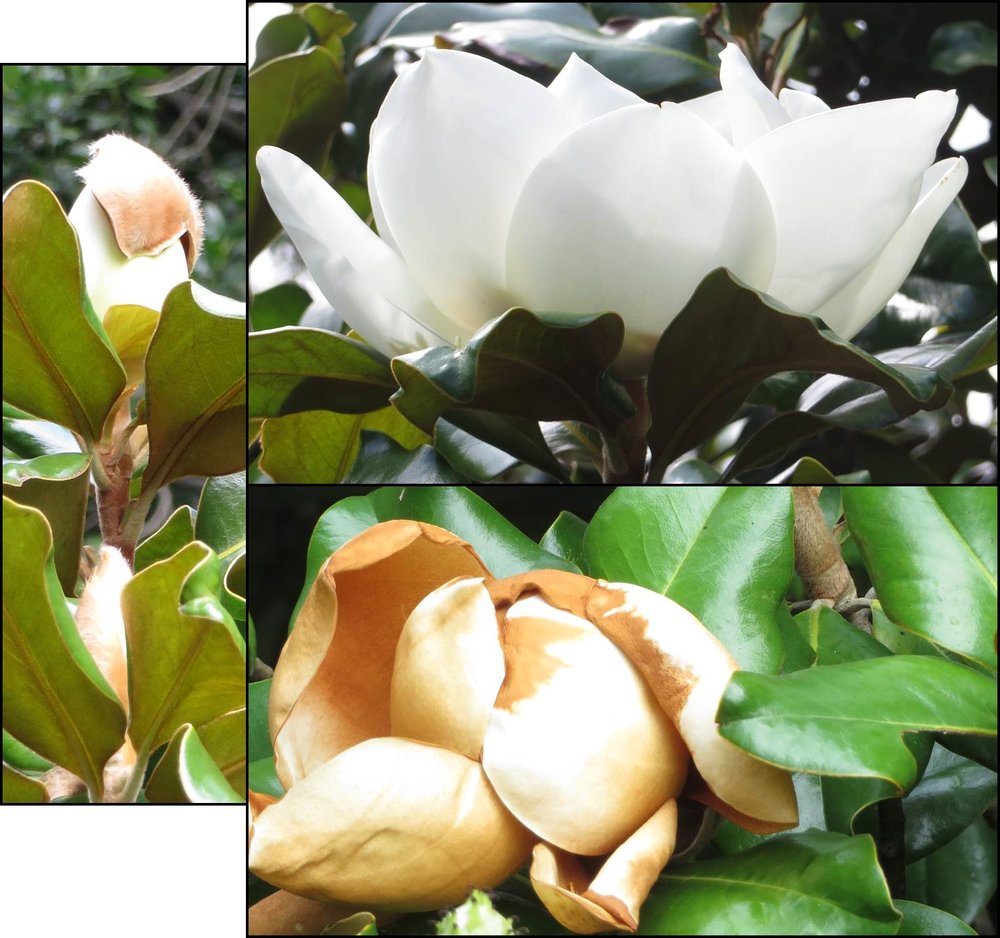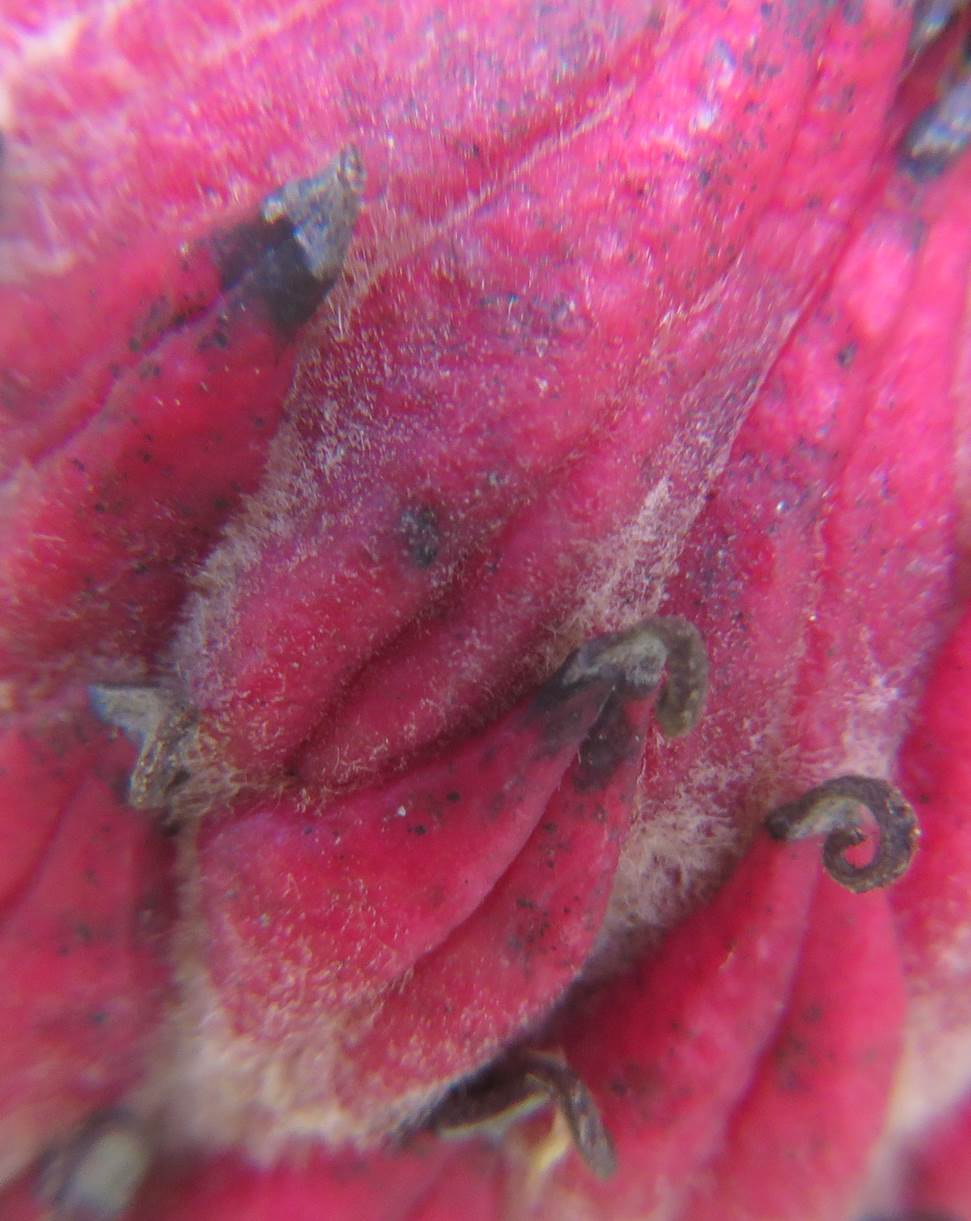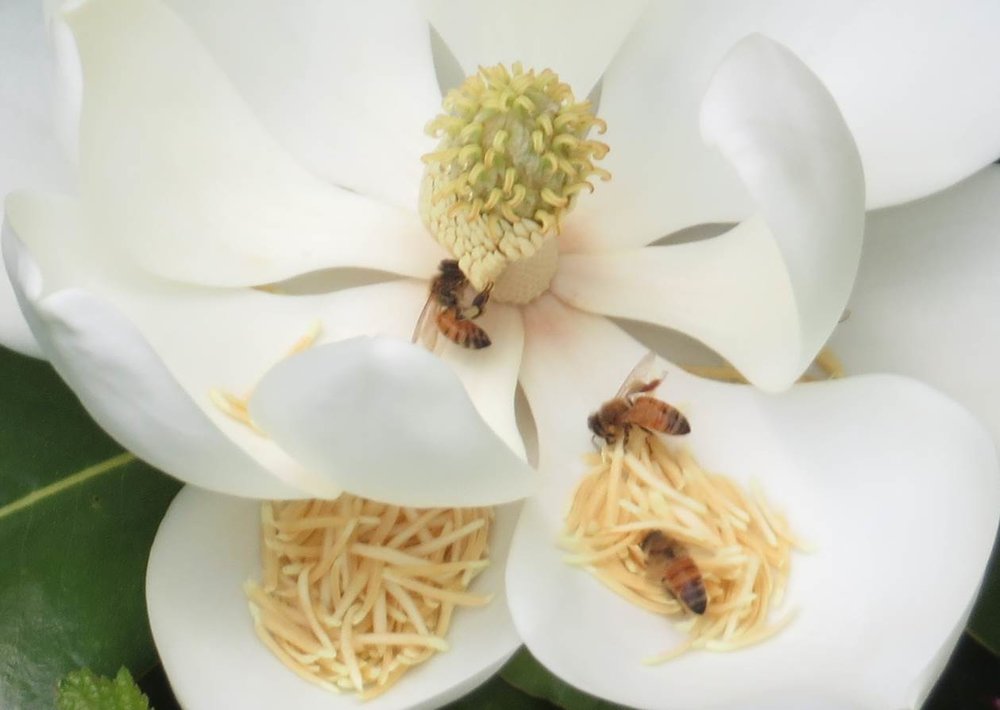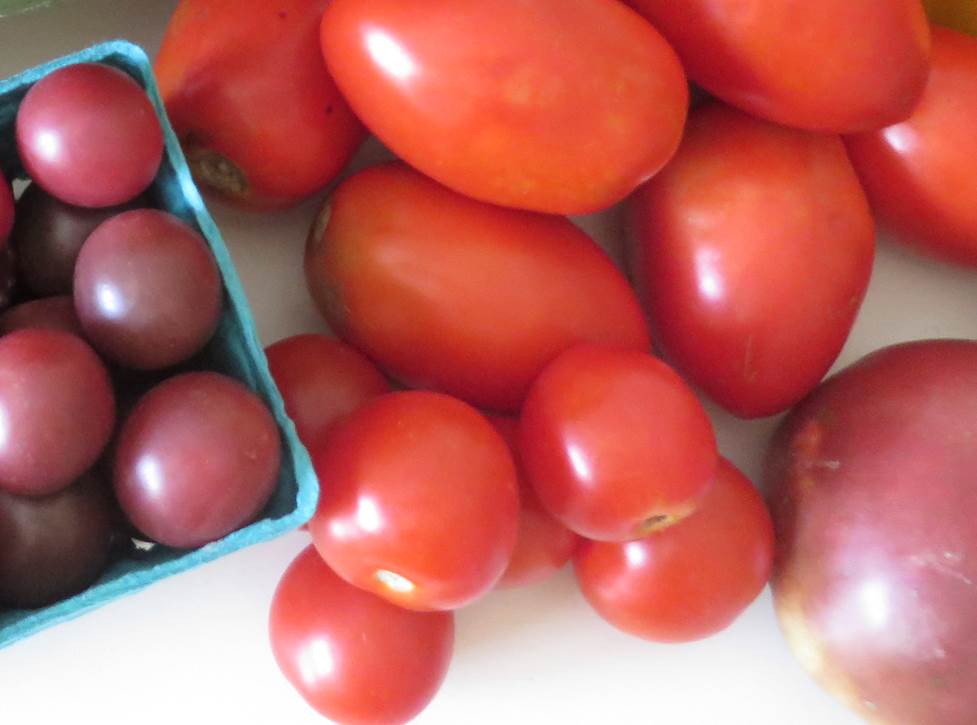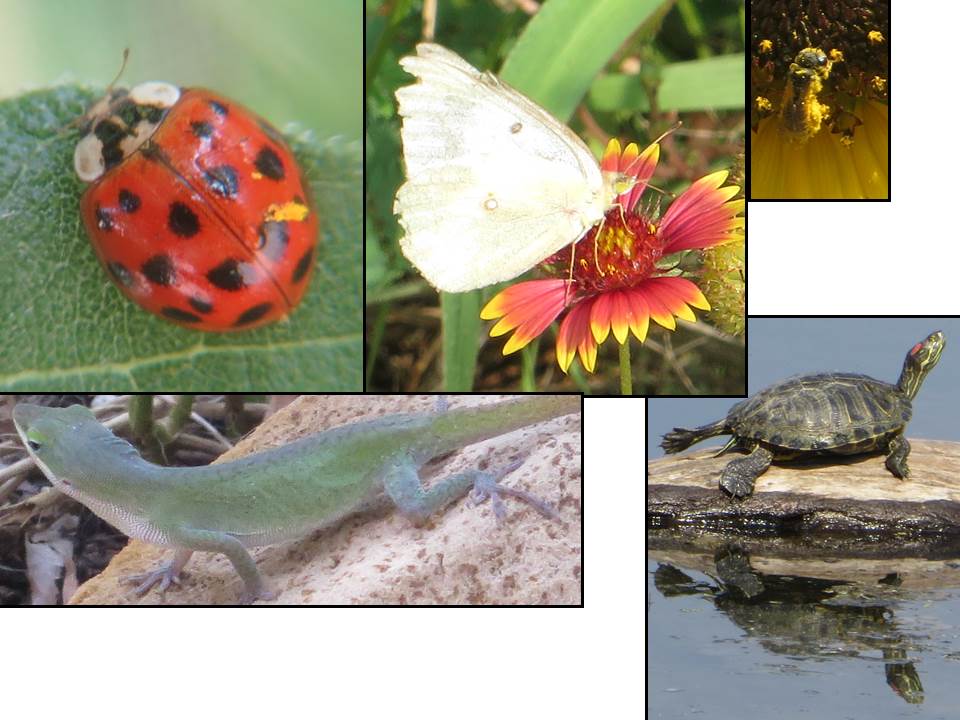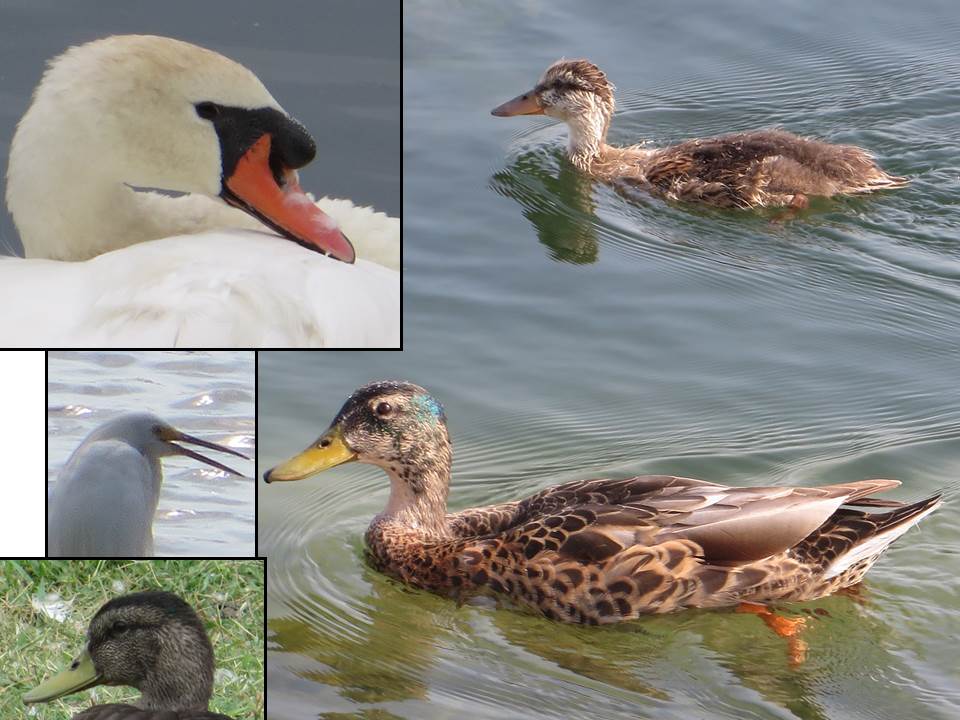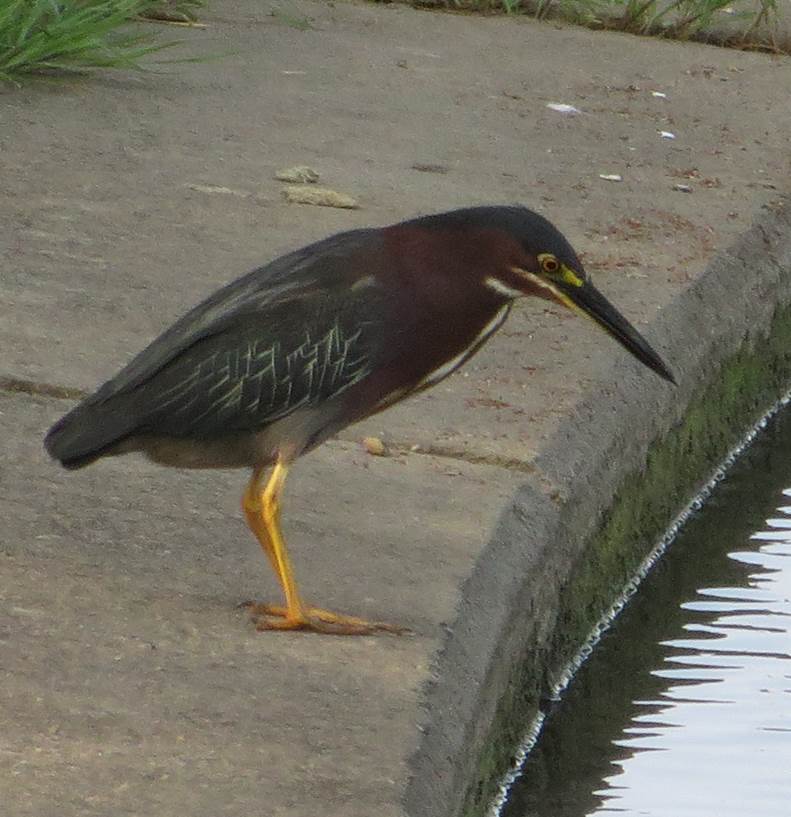Noticing something worth celebration each day is an easy thing for me to do. The habit of writing it down reminds me to be grateful for these and a myriad of other things in my life. This month has been full of ‘little celebrations;’ here are my top 10 for August 2014.
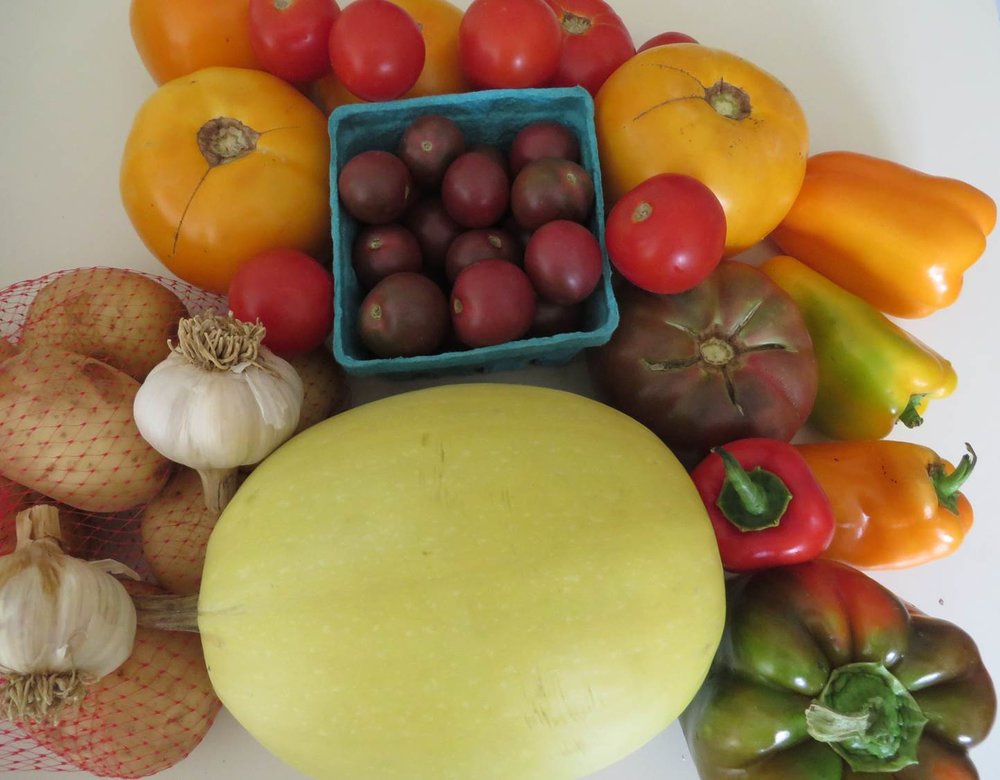 The weekly pickup at the CSA. Somehow the pickup every Wednesday afternoon become something to look forward to….a celebration of the food bounty near at hand.
The weekly pickup at the CSA. Somehow the pickup every Wednesday afternoon become something to look forward to….a celebration of the food bounty near at hand.
Weight. I decided to take off about 8 pounds and am thrilled that my diet/exercise plan I used a year ago to take off a pound a week...still works. I am celebrating the loss of over 4 pounds so far!
Tomatoes of any varieties are abundant in the CSA shares now. I find myself drawn to the tomatoes that are a change of pace from the traditional red one. Somehow the large yellow or purplish heirloom tomatoes seem extra special….worthy of continued celebration.
Fruit beety. This was on my celebration list last month too. I had frozen a batch I couldn’t eat right away - and I enjoyed eating it this month!
Watermelon. I discovered that watermelon, mint, and frozen cucumber smoothies are one of my favorite summer afternoon treats…and it is even better because it fits on my weight-loss diet.
Home again. Being away from home for two weeks in late July/early August caused me to appreciate returning….a homecoming celebration.
Photography class. I celebrated the online photography class from several perspectives: the learning experience, a new source of courses, and as an activity I shared with my husband.
Symmetry and tiles. The Symmetry class I am taking on Coursera has led to other activities and I am still getting more ideas! I am enjoying the course plus the historical books about tiles I found on the Internet Archive plus I’m going to take a local class on tiling to enable some creative projects! I’m celebrating the serendipity of it all.
Centennial Lake. My husband walks around the lake on mornings when the weather is good. I went with him last weekend and celebrated the place: the natural beauty, the wide diversity of people enjoying the path and fishing….and the prospect of seeing the leaves turn over the next few months.
Robin. The robin that has become territorial about my deck may be misguided….but I appreciate the bird’s presence. She has become part of the place.



 There are other plants going to seed: grasses
There are other plants going to seed: grasses

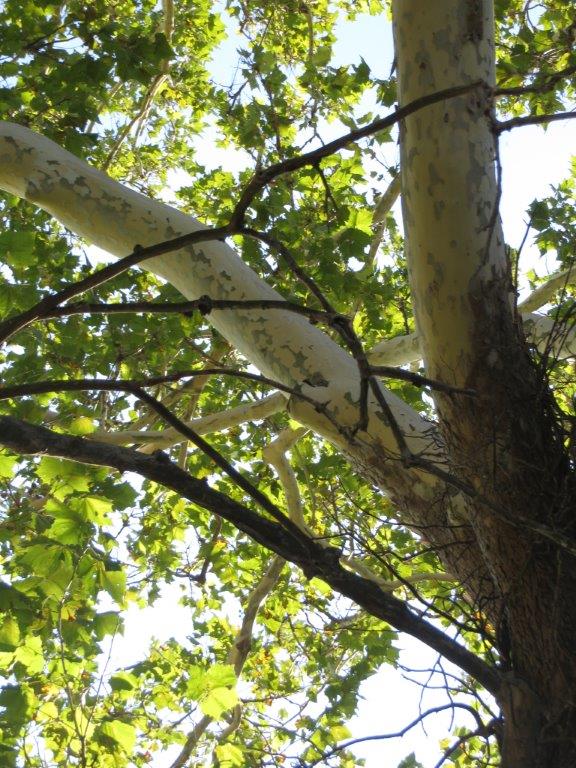 But it is the very air of the place - looking up to into an old sycamore,
But it is the very air of the place - looking up to into an old sycamore,